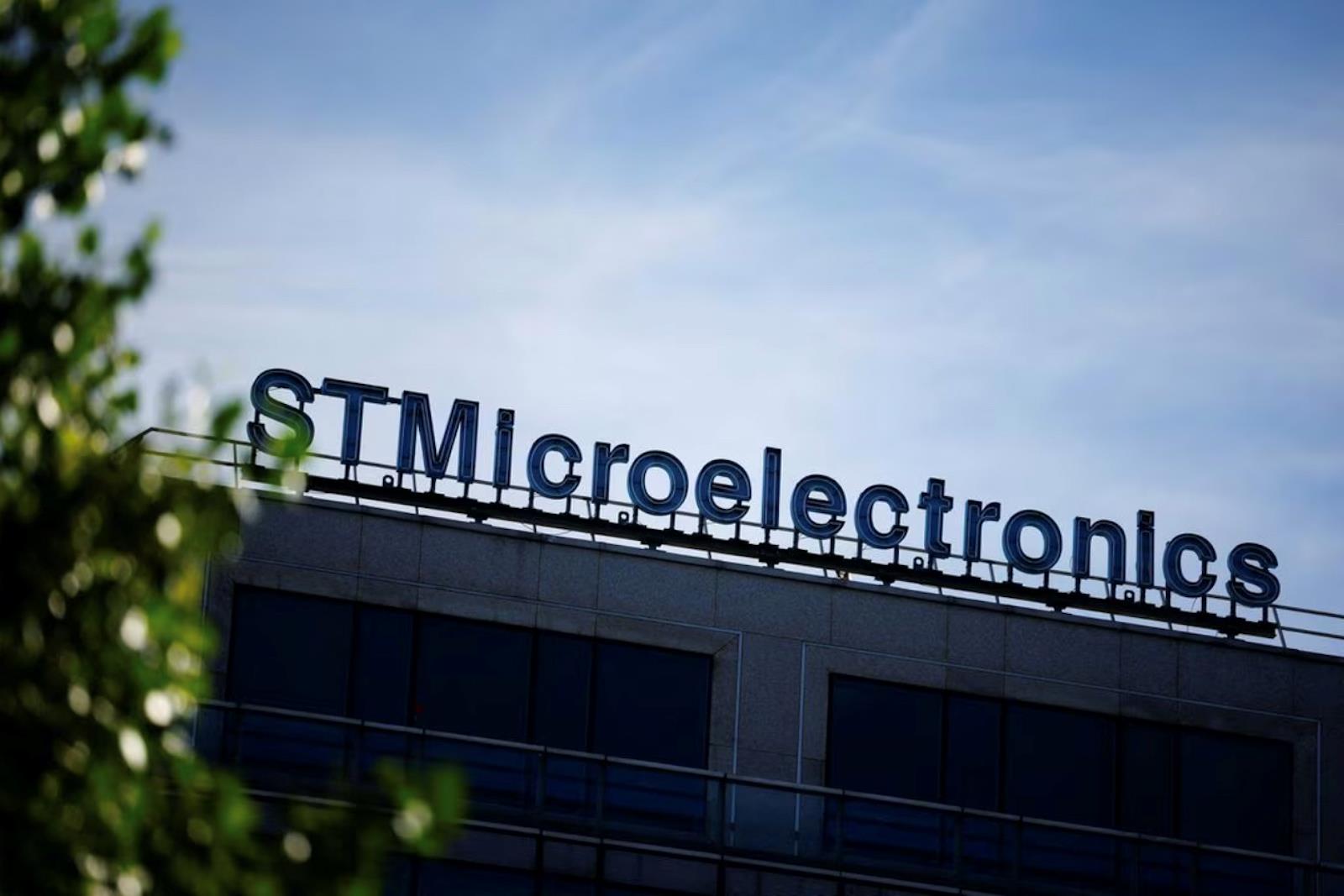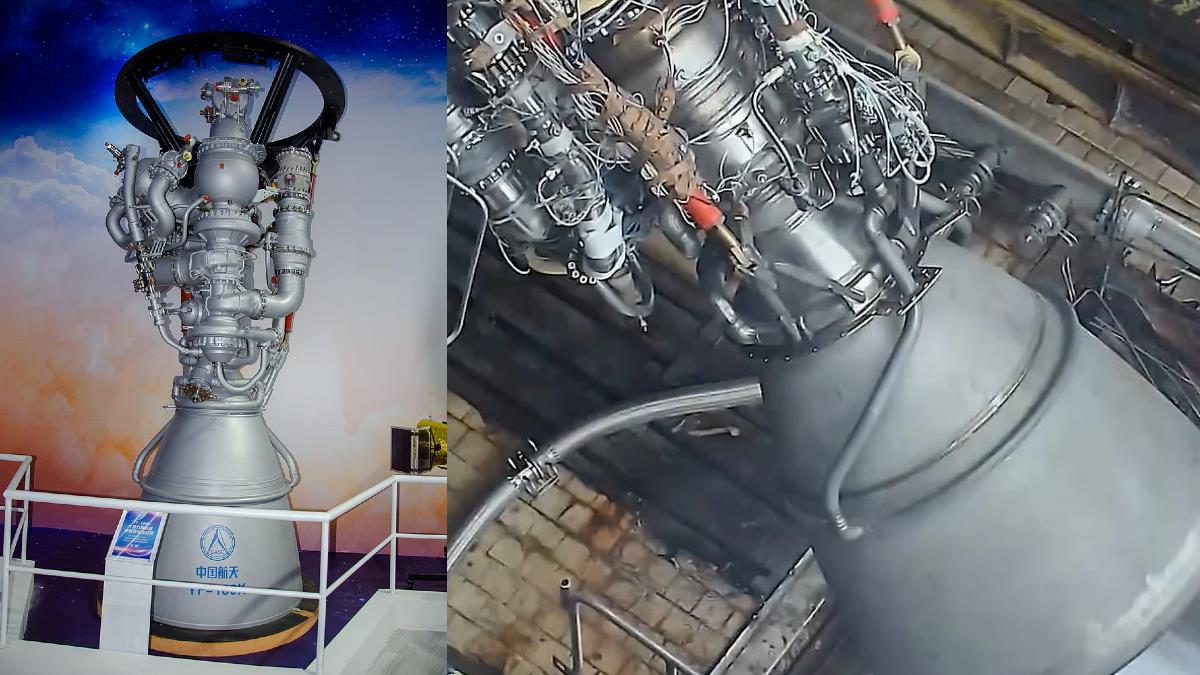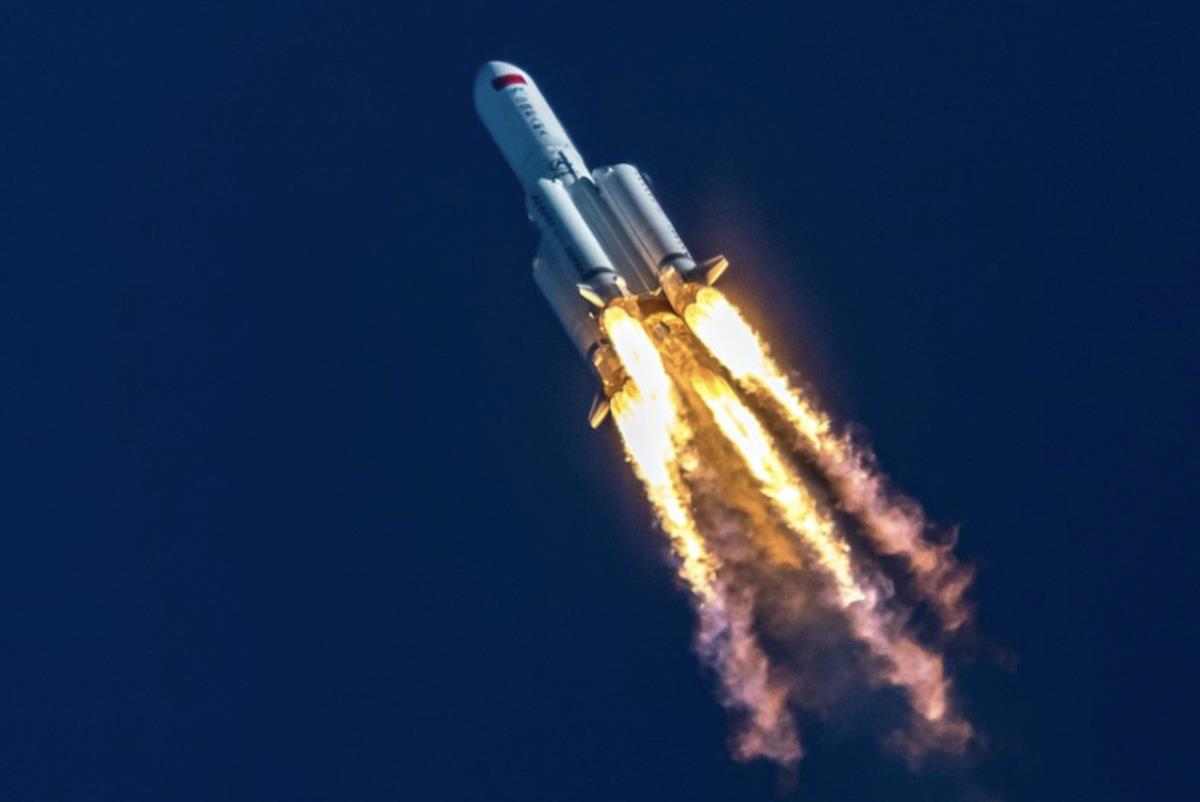
New Blast Plan For China's 2030 Manned Moonshot
Under the new blast plan, a moon surface lander and manned spacecraft will be launched separately and dock with each other during moon orbit to complete the landing. The arrangement is similar to that of China's tianwen 3 plan, which will launch an unmanned lander and spacecraft separately to Mars in 2030.
The launch of the Long March 9 carrier rocket, meanwhile, will be pushed back from 2030 to 2035 as Chinese scientists follow in the footsteps of Elon Musk's spacex by focusing on methane-powered engines.
“After demonstration and analysis, China has preliminarily adopted a dock-at-lunar-orbit proposal for its manned moon-landing plan,” Zhang Hailian, deputy chief engineer with the China Manned Space Agency (CMSA), said in an opening speech at an aerospace summit in Wuhan on July 12.
He said after the spacecraft docks with the lander, two astronauts will use the lander to alight on the moon and carry out scientific tasks and collect samples. Zhang said after completing the tasks, the astronauts will use the lander's ascender to return to the spacecraft in lunar orbit and return to Earth.

thai pm hopeful hits familiar roadblocks

zelensky just can't get what he wants from nato

stmicro, rohm forging ahead on next-gen power devices
Chinese researchers are now developing the Long March 10, a new generation of manned spacecraft, lunar lander, lunar landing spacesuit and manned lunar rover. Zhang's speech was widely reported by state media, including xinhua , the global times and the people's liberation army daily , on July 12 and 13.
Technological bottleneckWhen the apollo 11 was launched by the National Aeronautics and Space Administration (NASA) to the moon in 1969, it used a Saturn V rocket to carry both the spacecraft and the lunar lander.
The rocket could lift 130 tons into low Earth orbit and 50 tons to Earth-moon-transfer orbit. Its first stage used five rocketdyne f-1 engines, each of which can produce a thrust of 6,770 kilonewtons (kN).
The Long March 10's first stage and two boosters are powered by 21 yf-100k engines, each of which can provide a thrust of 1,250 kN. The rocket can lift 70 tons into low Earth orbit and 27 tons to Earth-moon-transfer orbit.
The reusable YF-100K is similar to the YF-100, a replica of the RF-120 that was developed by KB Pivdenne in Ukraine several decades ago. When the Soviet Union collapsed in 1991, China bought two RF-120 and several RD-170 engines from the company. The YF-100 contributed to China's lunar missions in 2019 and 2020.

YF-100K (left) and YF-100N (right) will be used in the Long March 10. Photo: Wikimedia Commons
Using the same technology, Beijing Aerospace Propulsion Institute, a unit of China Aerospace Science and Industry Corp (CASIC) No 6 Research Institute, in 2011 developed the YF-130, claiming at the time that it has a thrust of 4,800 kN (500 tons). It then modified the engine into the YF-135 with a thrust of 3,600 kN.
Liu Zhirang, head of the CASIC No 6 Research Institute, said in May 2021 that the Long March 9 will use 12 YF-130 engines to send astronauts to the moon around 2030.
Long Lehao, deputy chief designer of the Chinese Lunar Exploration Program, said in June 2021 that the Long March 9 will instead use 16 YF-135 engines that can lift 150 tons into low Earth orbit and 53 tons to Earth-moon-transfer orbit.
As of now, both the YF-130 and YF-135 are still in the laboratory.
Methane-powered rocketsLong said in April 2022 that the Long March 9 rocket will use 26 methane-powered engines. In February this year, he said the number of engines in the rocket's first stage will increase to 30 while the two engines in the second stage will also be methane-powered.
As methane burns cleaner and produces more power than kerosene, a methane-powered rocket can more easily be recycled. The fuel is used in SpaceX's Starship's Super Heavy rocket, which is powered by 33 Raptor engines.
“The design of the Long March 9 is now very similar to that of Starship's rocket,” a Chinese technology writer said in an article published on May 15.“But does it mean that the development of YF-130 has ended? No, YF-130 is almost ready. All the past efforts should not be wasted.”
The writer says bundling 30 methane-powered engines together is not risk-free as they may create resonance problems. He opined that if methane engines are not suitable, the Long March 9 can use YF-130 or YF135 again.
A Fujian-based writer also avers that investments in YF-135 will not be wasted. He says if the YF-135 becomes reusable, it will have a cost advantage and can replace the YF-100K in the future.
Some commentators said YF-100 is the most reliable choice for China's lunar mission in 2030 as China's methane-engine technology is still immature. Media reports said on May 12 that the CASIC No 6 Research Institute in Xi'an tested a methane-powered engine, which has a thrust of 3,600 kN.
On July 12, China successfully launched a medium-sized rocket called zhuque-2 , which is powered by liquid oxygen and methane. The rocket, using four tq-12 engines, can lift 6 tons into low Earth orbit. A TQ-12 engine can only produce a thrust of 670 kN while a Raptor can hit 2,256 kN.
read: china's first mars rover may sleep forever
read: what do the moon and south china sea have in common?
Follow Jeff Pao on Twitter at
@jeffpao3

Legal Disclaimer:
MENAFN provides the information “as is” without warranty of any kind. We do not accept any responsibility or liability for the accuracy, content, images, videos, licenses, completeness, legality, or reliability of the information contained in this article. If you have any complaints or copyright issues related to this article, kindly contact the provider above.






















Comments
No comment